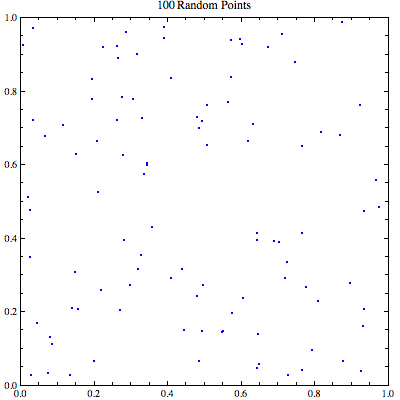Unit 5 - Perspectives and biases
Bias
Seeing patterns
In a very similar way to how your brain made sense of the clouds in the picture before, researchers may also see patterns in data collections that may only be random sequences of numbers or events. This tendency to recognize accumulations or clusters in random distributions is called a clustering illusion.
The picture below shows randomly generated points. However, you may see changing clusters of points appearing.

GIF 'RandomPoints' (4)
Clustering illusions have made their way into storytelling. Take the popular saying 'all (good) things come in threes', which is really a superstition feeding on our selective perception. For example, how many times have we perceived that we have experienced 3 good or bad things in a row, rather than 4 or 2 things in a row?
The reasonable explanation for it is that when we are looking for the (good) things to happen, we will find them, and with 3 being a ‘magical’ number in some cultures, we will look until we find 3 things in a row to confirm our belief in something.
Also, telling a story of 3 good things happening to us is much more interesting than telling the story of just 1 or 2 things. Such a story is much more likely to stick in our mind.